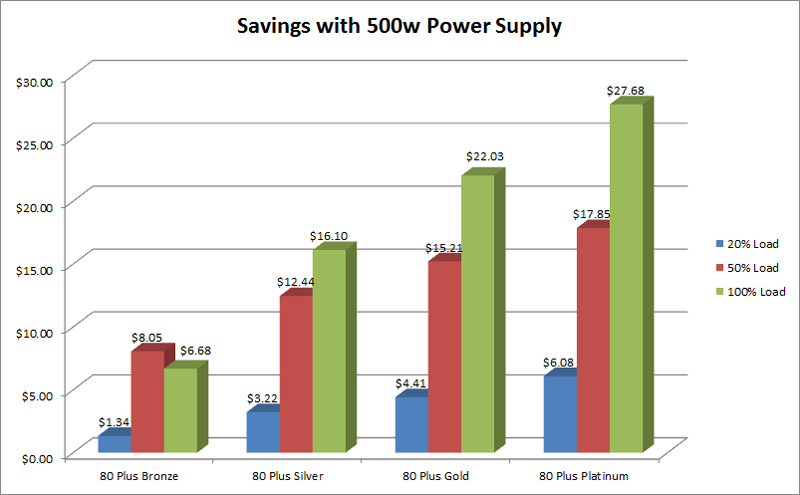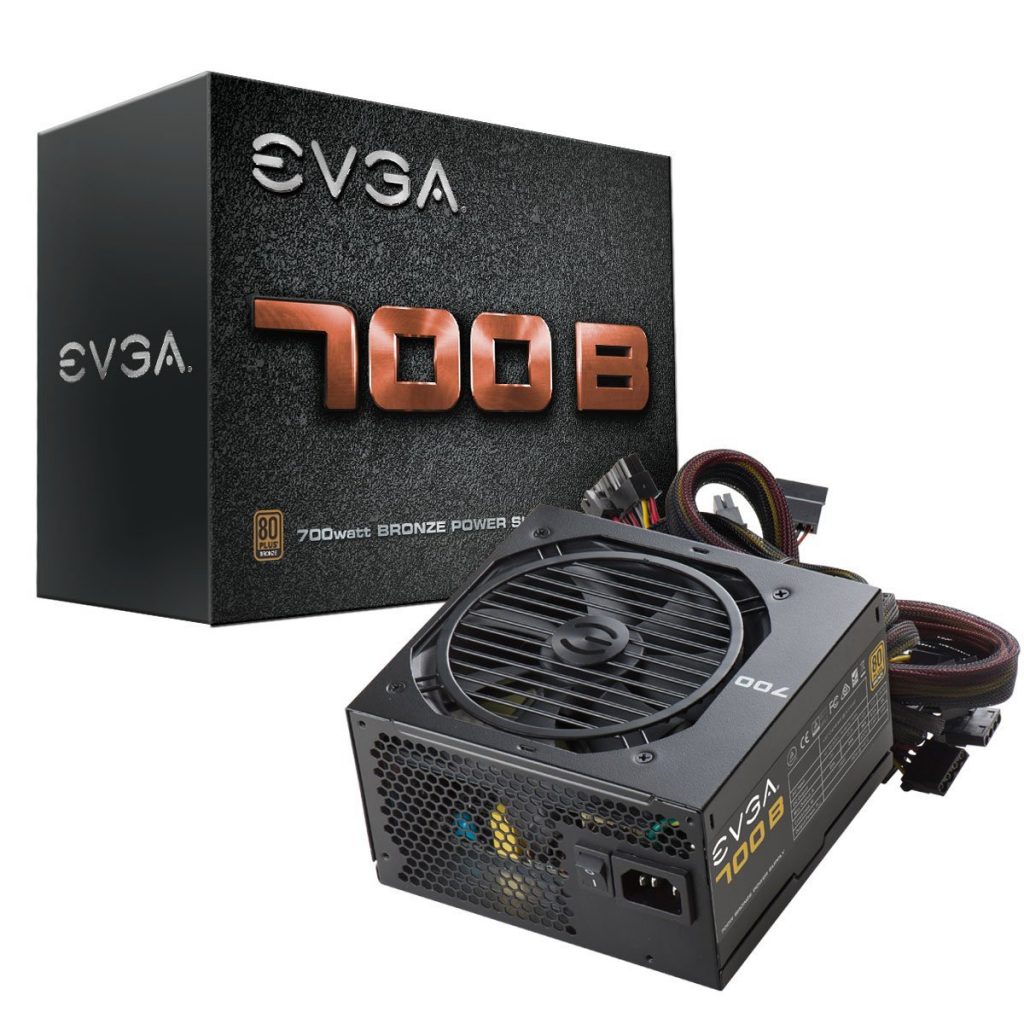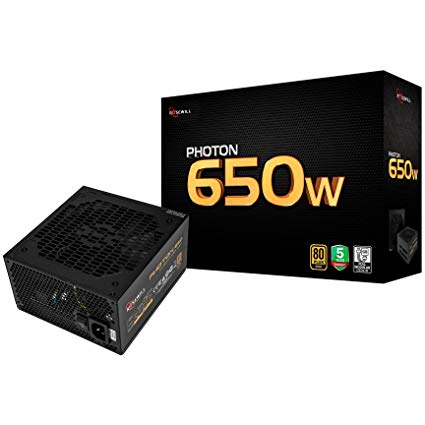But what do all of these badges and certifications mean? And should it be a real concern for the average consumer? That’s what we’re going to be discussing today. This brief guide will explain the differences in PSU ratings and which one you actually need.
What is 80+ Certification?
First, let’s clear up some confusion. A consumer-grade power supply that fully delivers the rated efficiency all the time simply doesn’t exist. This is to conserve power when the system is at idle. Assume you have a 400W power supply and it actually draws 475W of power from the wall. This means that the remaining 75W aren’t utilized and are simply converted into heat. So its efficiency is 475W/400W. This equals out to 80% efficiency. Simply put, more efficient PSUs generate less heat and waste less power. If a PSU gives 80% efficiency at 20% load, 50% load, or 100% load then it probably has an 80+ certification. You should definitely lookout for this certification if you’re looking to install the PSU into a new system.
Recommended PSUs
Gold vs Bronze Rated Power Supplies
All 80+ certified PSUs deliver 80% efficiency at a specified load (mentioned above). But there are a few more variations to this. Another thing to note is 80+ PSUs also have further brandings such as 80+ bronze, silver, gold, titanium, and platinum. The difference between all of these is some possess a higher efficiency at 20%, 50%, and 100% load. The most common ones we see manufacturers pushing out are 80+ bronze and 80+ gold.
Bronze Rated PSUs
80+ Bronze power supplies are more than enough for the average consumer. These PSUs provide a consistent 80% efficiency at 20%, 50%, and 100%. Which means if the system is gradually put under load, a bronze rated power supply will always stay at 80% efficiency. 80+ Bronze rated PSUs have been one of the most popular power supplies for consumer grade builds. They are usually very affordable and have a long lifetime. They are still pretty reliable (at least for mainstream PCs). So if you’re not all that excited about splurging on a power supply, 80+ bronze will most likely be enough.
Gold Rated PSUs
80+ Gold power supplies are marketed at the premium end of the market. Honestly, this is more than most people will ever need. Going higher than this just doesn’t make sense for a lot of people. Taking a look at the specs should tell you why. At 20% load, they deliver 87% efficiency. At 50% load, they deliver 90% efficiency. Finally, at 100% load, they can go up to 87% efficiency. Besides being obviously more reliable, they perform noticeably better than bronze-rated PSUs. Another interesting thing to note is that 80+ Gold PSUs often have the best price/performance ratio. So if you can fork out a bit more cash, it’s a nice investment. You’ll have peace of mind with your system for many years to come.
Final Thoughts
Hopefully, you’re now aware of the differences between PSU ratings. To put it briefly, if you’re on a tight budget, 80+ Bronze is still pretty good. However, 80+ Gold is definitely more reliable and a better investment overall for futureproofing. There are still a lot of things that go into figuring out a power supply. Such as the fan used, build quality, and overall reliability. The difference between them is important and it’s always a good idea to get a superior-rated power supply if possible. However, if you’re interested in buying a new PSU for your gaming computer then fret not, as we’ve already posted an expert guide of the best power supplies you can get in 2019.
Need For Speed: Hot Pursuit Remaster Rated by Korean Games RatingStreet Fighter 6 Rated by Korean Board, Suggests Release is Imminent5 Best Power Supplies for Cryptocurrency Mining In 2022Dashlane Free vs Dashlane Premium: What’s the Difference













